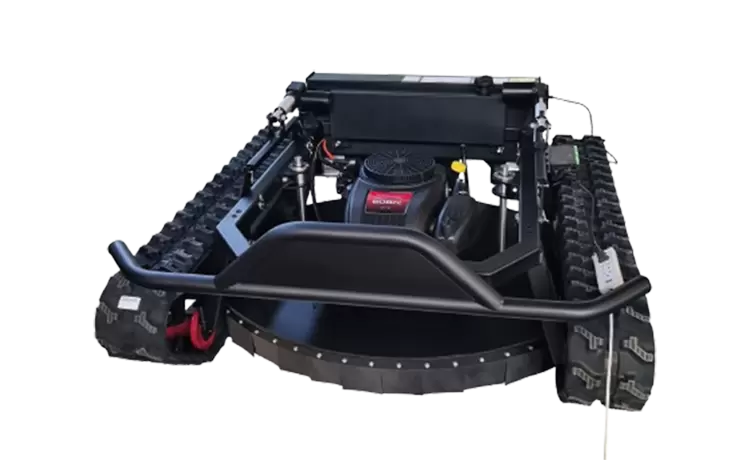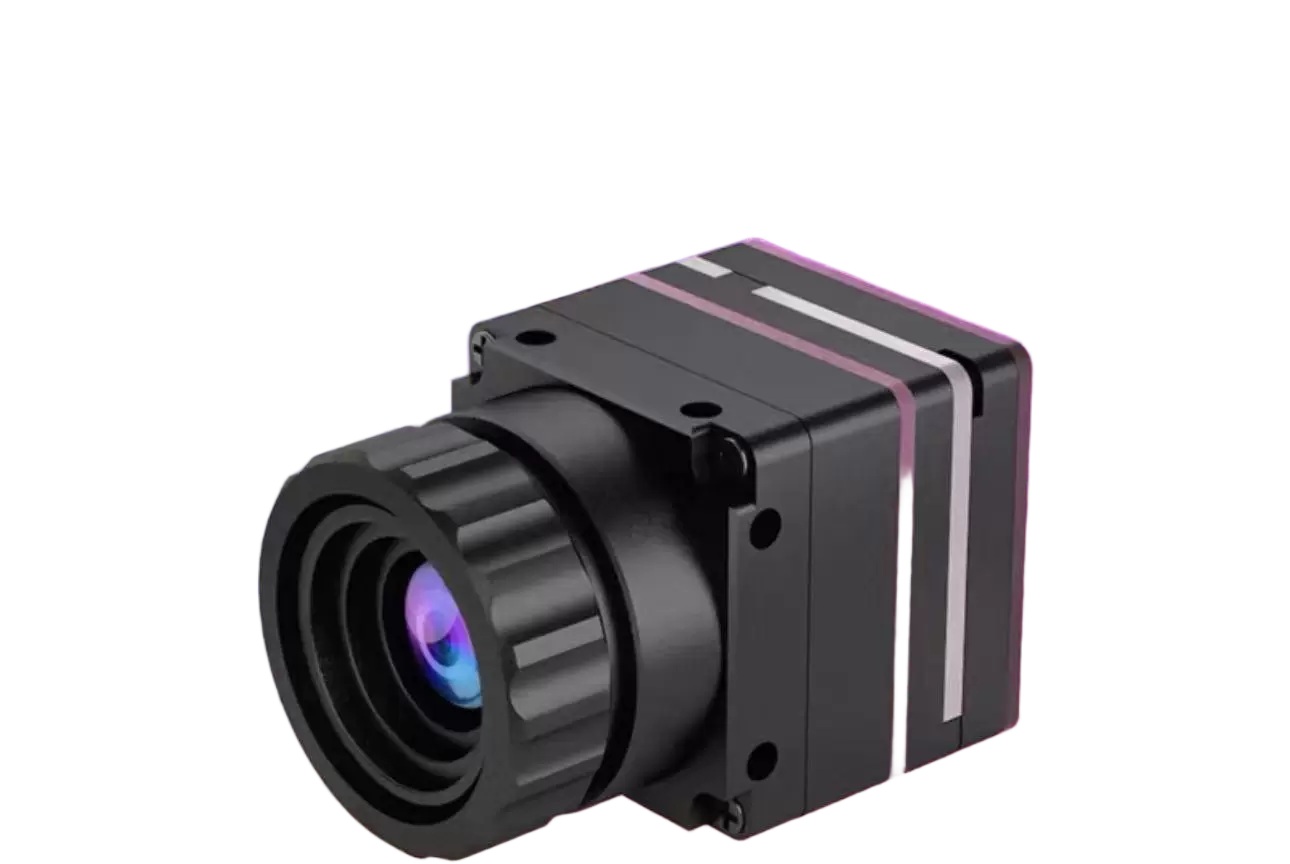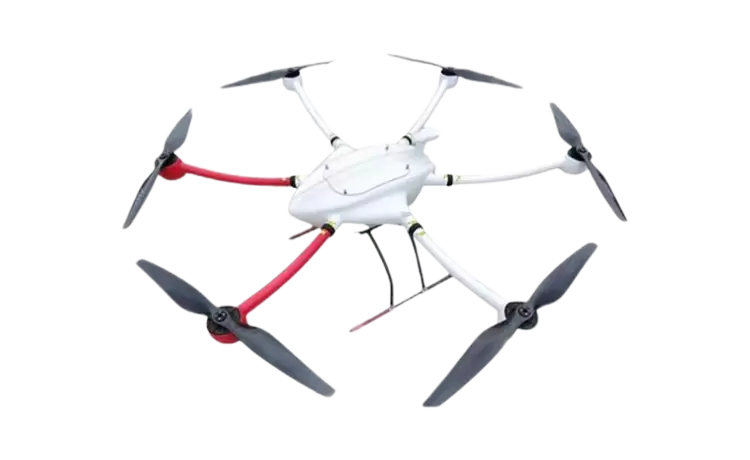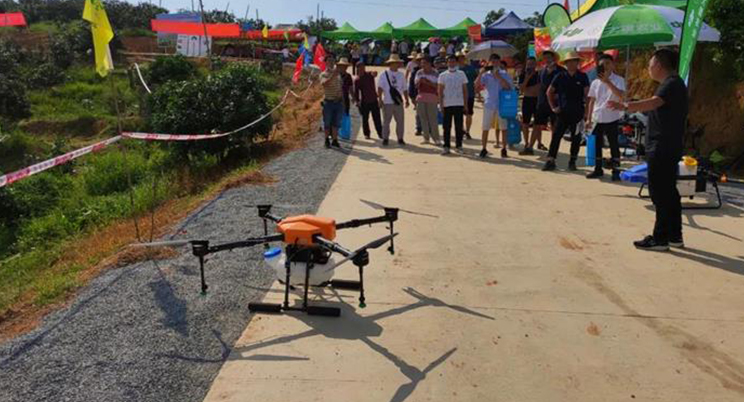- •
The drone-helicopter duel is asymmetrical—and drones are winning. Helicopters can no longer linger or operate freely within range of enemy drones. Pre-launch reconnaissance by UAVs makes hiding almost impossible. - •
Stealth and speed have new urgency. The U.S. Army’s Future Vertical Lift program, which includes new aircraft like the Bell V-280 Valor, now emphasizes low acoustic signatures, reduced infrared visibility, and the ability to operate in contested airspace. - •
Electronic warfare is non-negotiable. Jamming drone links and spoofing GPS have become essential survival tools—not just add-ons.
- •
Distributed operations: Instead of massed helicopter assaults, the future may involve smaller, dispersed teams using drones as scouts and shooters. - •
Counter-drone as a core capability: Every platform, including helicopters, may need integrated counter-UAV systems—from soft-kill jammers to laser defenses. - •
Rethinking the role of the helicopter: It may evolve from a front-line attacker to a node in a networked “system of systems,” coordinating with drones rather than operating alone.











